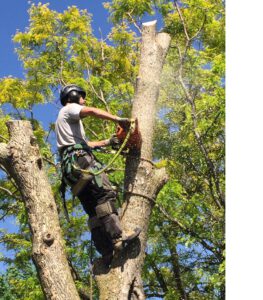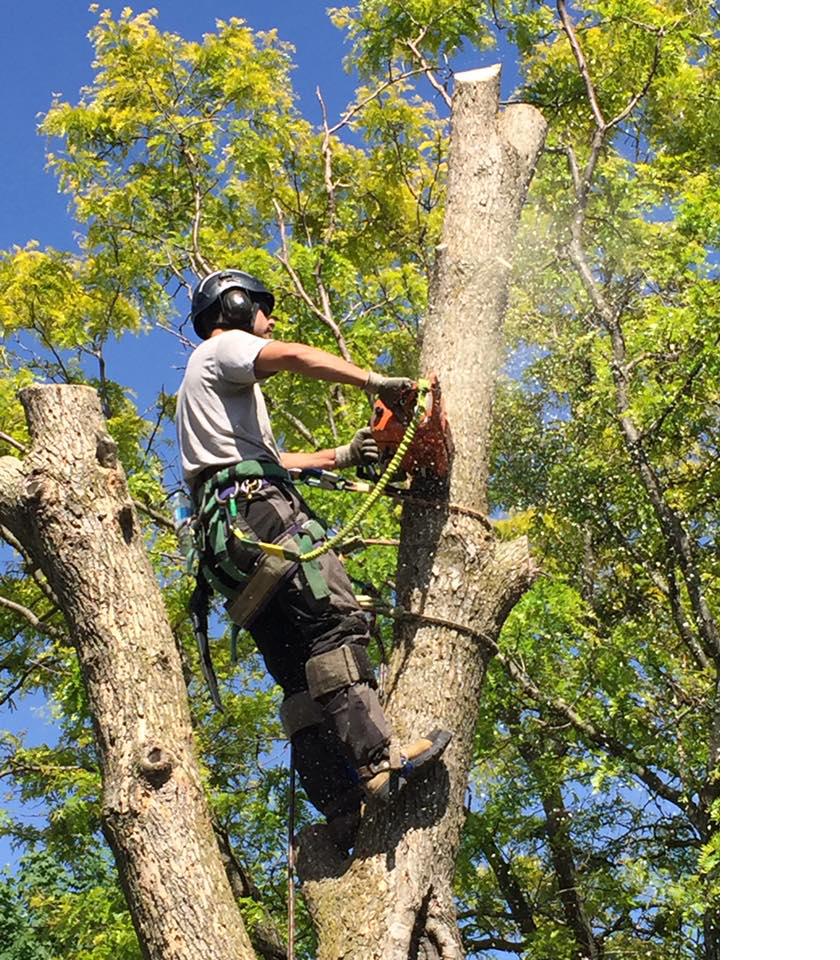There are many different ways to handle Tree Removal. Some of the most common methods are described below: One is known as “cutting down” and involves cutting the tree down to a low stump. The other method involves scaling the tree down, cutting off individual branches, and securing them with ropes. This method may not be appropriate if the tree is located in a tight area and is close to power lines.

There are no specific rules that govern the removal of trees on private property. The responsibility to maintain the property’s trees and to pay for the removal of trees falls on the private property owner. However, the city may remove trees if they become a hazard and a danger to the public.
Regulations for tree removal on private property vary depending on the location. Most cities do not have special rules about tree removal. However, some cities in the state have regulations that govern tree removal, particularly in neighborhoods with sensitive natural resources. However, there are no specific city regulations that govern the removal of trees on private property.
While most cities require permits for tree removal, the city requires permits only for heritage trees and oaks. However, other types of trees must be removed by the property owner. Additionally, it requires permits for certain types of trees and requires owners to follow certain guidelines. For example, trees must be at least four inches in diameter and cannot exceed nine inches in circumference. Residents can’t remove trees that are two feet high or larger than 56 inches.
In the case of emergency tree removal, a permit must be obtained. This is necessary in case of a tree poses a safety or health risk. In such cases, the tree owner must seek the permission of the Tree Warden before removing a tree. Applicants must submit plans and all required documentation. They must also include the exact location of trees on the property and specify their species.
Safety concerns when removing trees can be many and varied. However, there are some basic recommendations for reducing the risk of injury. First, workers should use appropriate protective equipment. This includes a hard hat that protects the head from falling limbs, gloves that prevent cuts, and boots that provide a firm footing on the ground.
The size of the tree should also be taken into consideration. Trees greater than 4 inches in diameter can be dangerous, especially if they are growing near roadways. The risk of a collision is greatest near trees on roadways, which should be felled and disposed of safely. Likewise, trees that block waterways should be removed unless the water temperature is too low for the fish to survive. For these reasons, it is important to establish a policy before removing trees to minimize these risks.
Another important safety concern when removing trees is the risk of falling. A tree may be too high for the person working on it. This can lead to serious injury or death. Remember, safety is the number one priority. Only use a chainsaw if you are sure you’re not going to get hurt.
When removing trees, experts recommend wearing protective gear and a helmet. These will keep you safe from falling debris, as well as prevent you from sustaining an electric shock. Furthermore, they recommend that you hire a professional tree service company to remove trees. They’ll be able to provide you with proper guidance and advice in these matters.
Trees have extensive underground root systems. These roots look for water and nutrients, and they also hold the soil in place. Without these roots, the soil would be more susceptible to erosion. This could damage buildings or even lead to mudslides during heavy rain.
